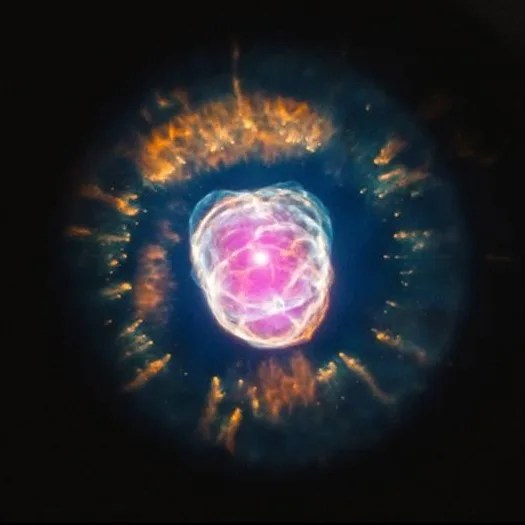Messier 15
Messier 15 is host to an intermediate-mass black hole at its core.
Distance
33,600 light-years
Apparent Magnitude
6.2
constellation
Pegasus
object type
Globular Cluster
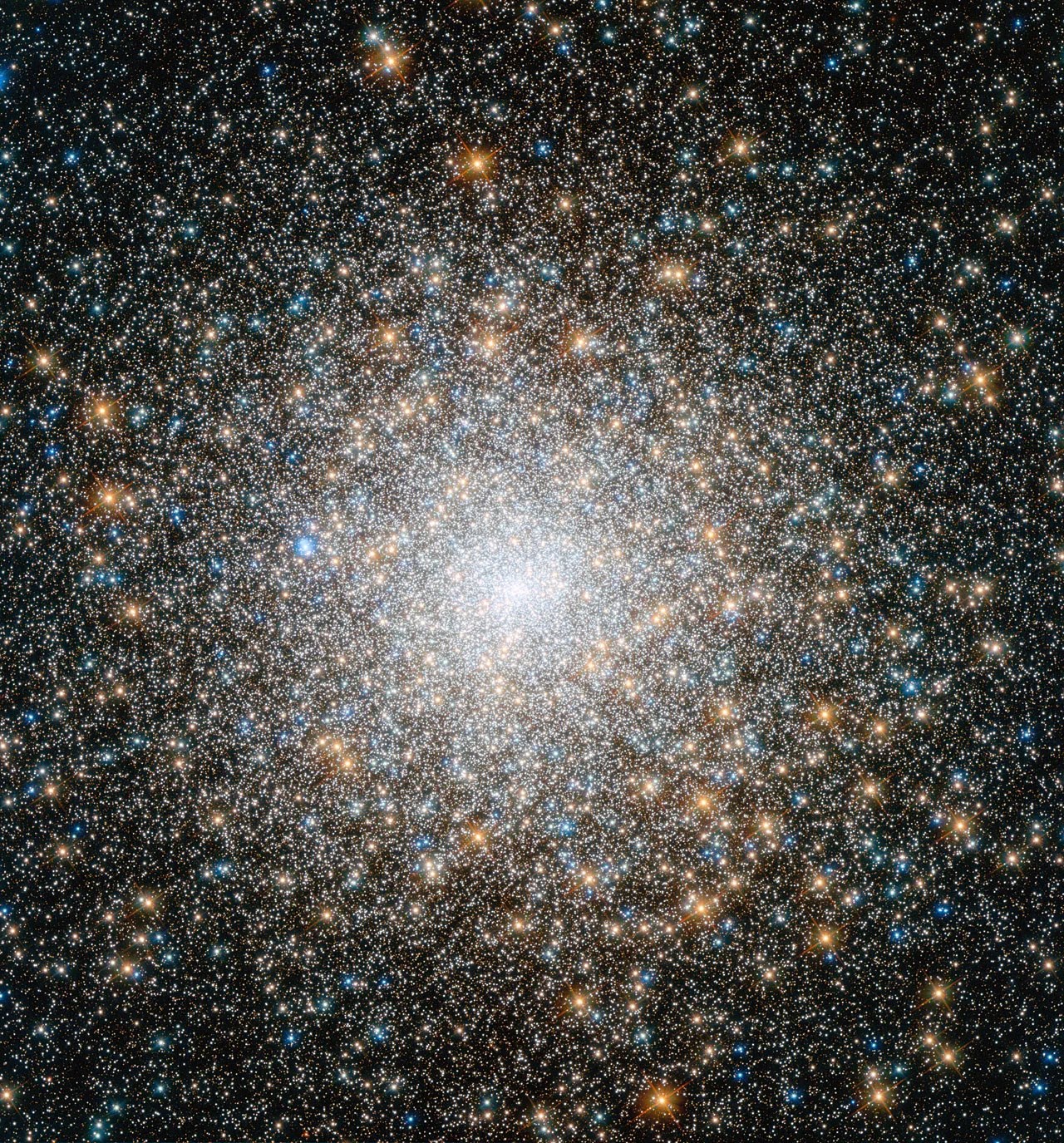
A spectacular swarm of stars, M15 was discovered in 1746 by Jean-Dominique Maraldi, an Italian astronomer on the hunt for comets. This globular cluster is one of the densest ever discovered, with very hot blue stars and cooler orange stars becoming more concentrated toward its bright core. M15 is located in the constellation Pegasus 33,600 light-years from Earth. Shining with an apparent magnitude of 6.2, the cluster can be spotted with a pair of binoculars. The best time to observe it is in September.
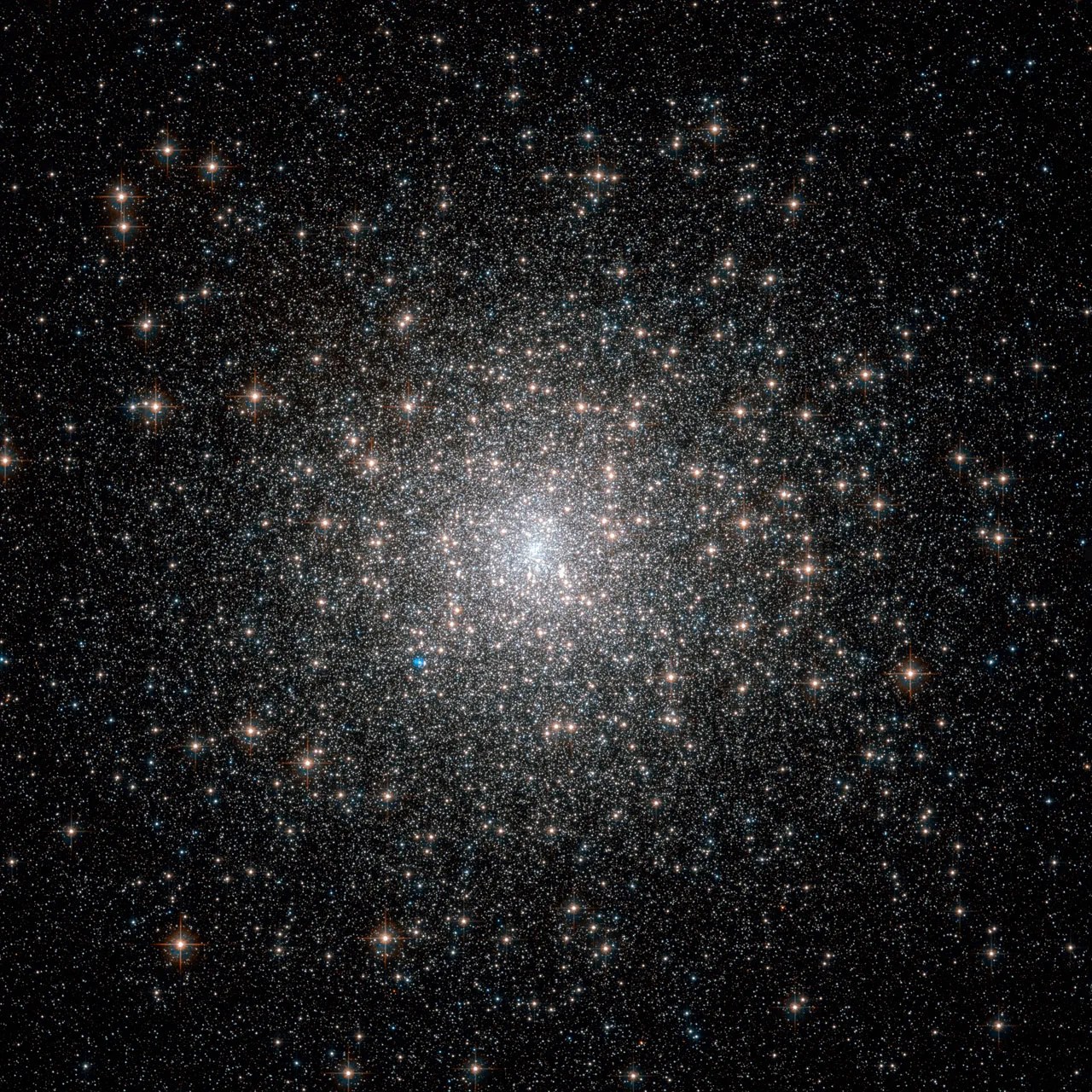
M15 was the first globular cluster known to host a planetary nebula (the gaseous shell of a dying star). This nebula, Pease 1, was detected in 1928 by Francis G. Pease and is one of only four planetary nebulas known to exist within a globular cluster. In this image, Pease 1 appears as the large, bright blue object to the left of the cluster’s center.
This cluster is host a rare type of black hole at its center: an intermediate-mass black hole. Supermassive black holes are found at the center of galaxies and can be billions of times more massive than the sun. More diminutive “stellar” black holes, on the other hand, are on the order of 10 solar masses. The black hole thought to exist at the center of M15, however, is 4,000 times the mass of the sun.
Hubble captured this image of M15’s core using observations in visible, infrared and ultraviolet light.
For more information about Hubble’s observations of M15, see:
- Hubble Views an Old and Mysterious Cluster
- Old Stars with a Youthful Glow
- Hubble Discovers Black Holes in Unexpected Places
- A Dying Star in Globular Cluster M15
- Hubble Peers Deep Into the Crowded Heart of the Densest Known Star Cluster
- Hubble Finds Evidence of Stellar Close Encounters: Bright Blue Stars and Naked Cores
- Comparison of a WFPC2 Thermal Vacuum Globular Cluster-Mask Image to WFPC1
- Hubble Reveals the Evolving Core of a Dense Star Cluster


Explore Hubble's Messier Catalog
The following pages contain some of Hubble’s best images of Messier objects.

Messier 1 (The Crab Nebula)
Better known as the Crab Nebula, Charles Messier originally mistook Messier 1 for Halley’s Comet, which inspired him to create…
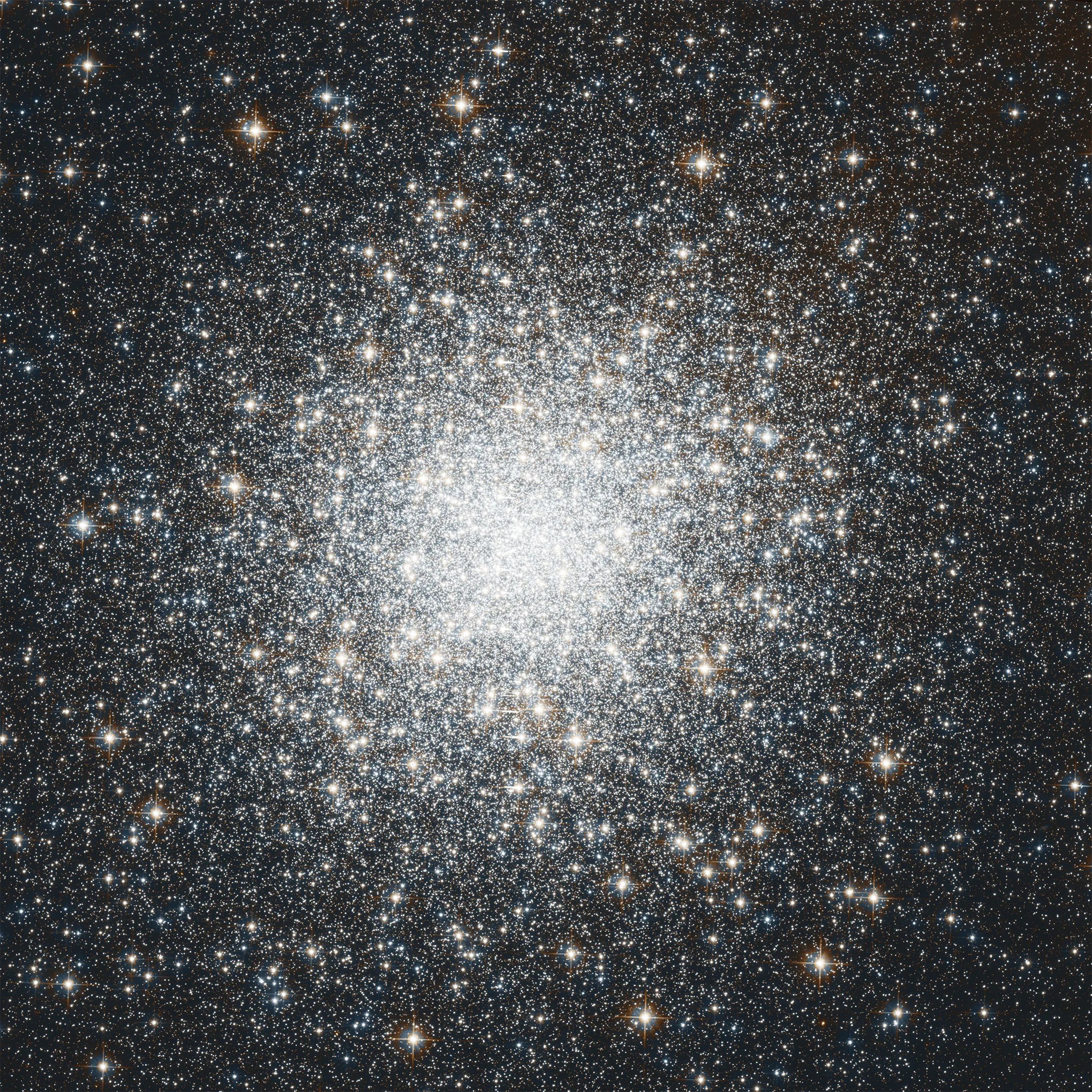
Messier 2
Hubble's image of Messier 2 is comprised of visible and infrared wavelengths of light.
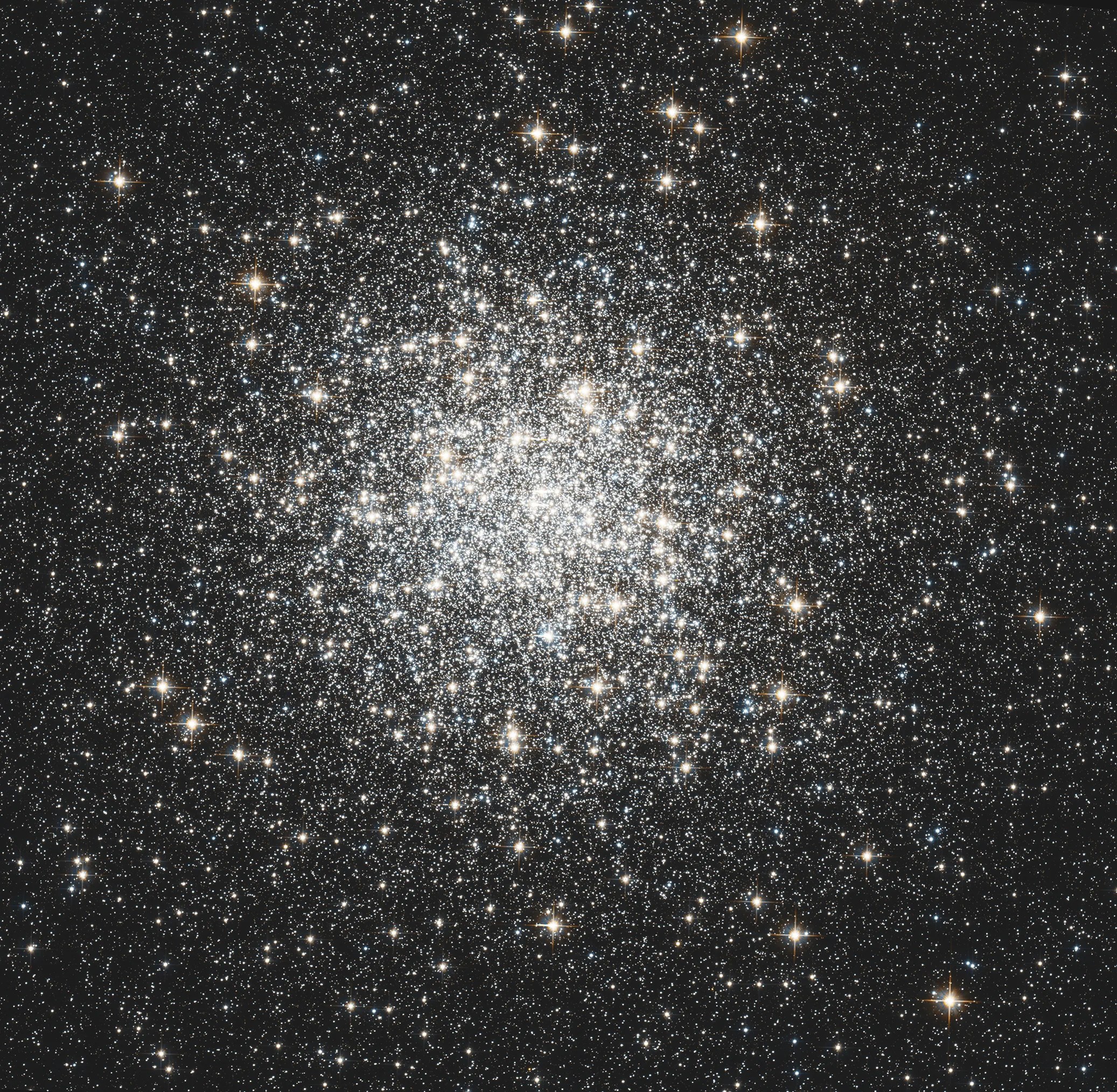
Messier 3
Messier 3 holds more than 500,000 stars.




